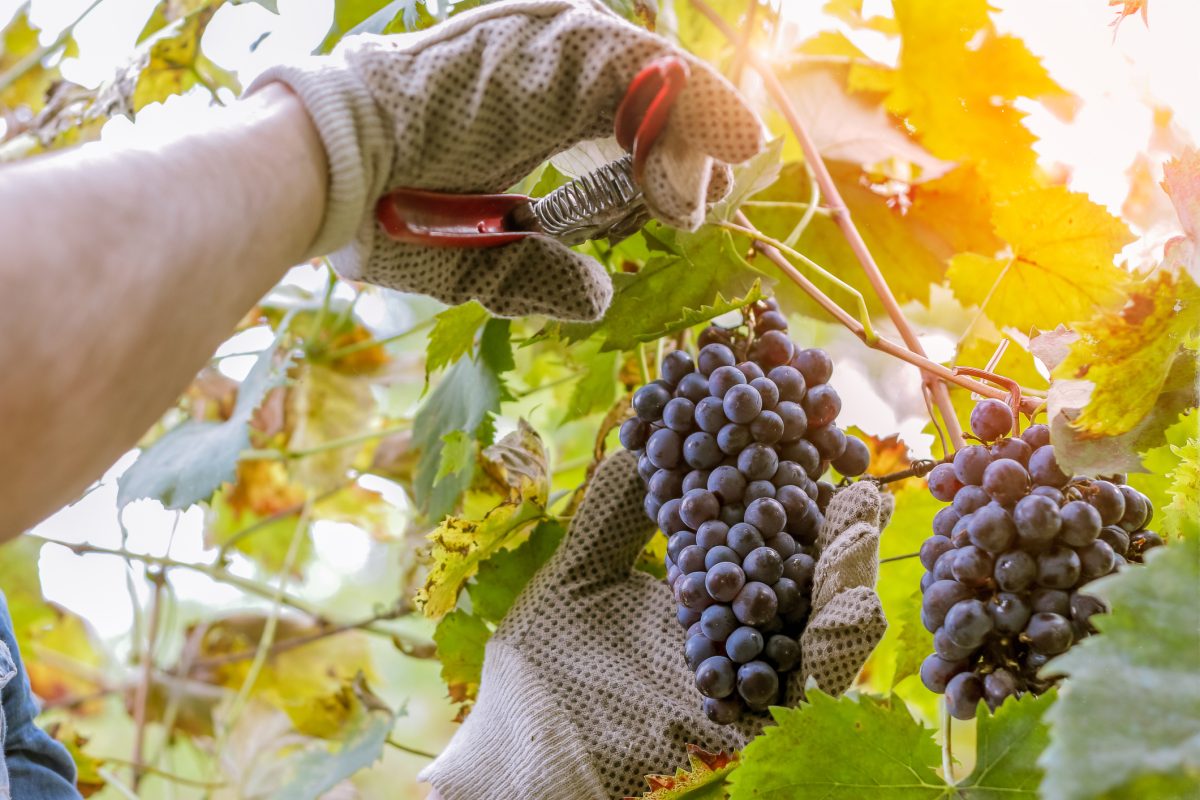Wine Australia has released the National Vintage Report 2023, which estimates the 2023 Australian winegrape vintage to be 1.32 million tonnes, which is the lowest on record since 2000 and 26 per cent below the 10-year average.
Growing conditions in many regions are one cause of the low vintage, after being widely described as the most challenging for at least 20 years. The good news though is that the exceptionally cool season was conducive to producing high quality fruit with excellent flavour development.
Wine Australia Manager, Market Insights, Peter Bailey said the second consecutive smaller vintage will have a direct impact on grape and wine businesses.
“This smaller vintage, which will reduce the wine available for sale by around 325 million litres, is likely to have a considerable impact on the bottom line of grape and wine businesses all around Australia, at a time when the costs of inputs, energy, labour and transport have increased significantly,” Bailey said.
Growing conditions included the coolest year since 2012, plus a third consecutive La Niña, which brought the wettest year since 2011, including persistent winter and spring rainfall causing flooding and making access to vineyards difficult.
There were, however, other factors reducing the size of the crush, including winery inventory pressures resulting in some yield caps being imposed, uncontracted grapes not being sold and/or vineyards being temporarily taken out of production.
Bailey said that it was impossible to determine what share of the overall reduction, compared with an average vintage, could be attributed to demand-driven effects as opposed to seasonal conditions.
“However, white grapes – which are in higher demand – were reduced by a similar percentage to reds, which suggests that seasonal effects were the main contributor to the reduction,” he said.
The crush of red grapes in 2023 is estimated to be 711,777 tonnes – a 26 per cent reduction compared with 2022 and 25 per cent below the 10-year average of 943,146 tonnes, while the white crush was an estimated 605,321 tonnes – a decrease of 22 per cent compared with 2022 and 28 per cent below its 10-year average of 839,013 tonnes.
South Australia retained its position as the largest contributor to the crush, with a 55 per cent share of the total, despite its second-smallest crush since 2007. New South Wales was second-largest with 27 per cent of the crush, followed by Victoria with 13 per cent. Western Australia, which overall had a very good season, increased its share to 3.5 per cent, while Tasmania and Queensland each accounted for slightly less than one per cent.
The total estimated value of the 2023 crush at the weighbridge was $983m, a decrease of $229m (19 per cent) compared with the 2022 vintage and the lowest since 2015. The decline in value was less than the decline in tonnes, because of a small increase in the overall average purchase value, driven by an increase in the average value and share of grapes from cool-temperate regions.
To assist winegrape growers, particularly in the inland regions, to be better informed regarding winegrape price indicators, Wine Australia is developing a Winegrape Supply and Demand Dashboard, as part of a project managed by Wine Australia, Australian Grape & Wine and the Inland Wine Regions Alliance, with funding through the Australian Government’s Improving Market Transparency in Perishable Agricultural Goods Industries initiative. The dashboard is expected to launch in October 2023.
The National Vintage Report is available from www.wineaustralia.com/market-insights/national-vintage-report and all vintage survey statistics from the past nine years is available on Wine Australia’s dashboard, https://marketexplorer.wineaustralia.com/vintage-survey.

